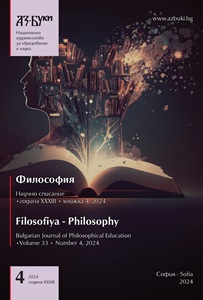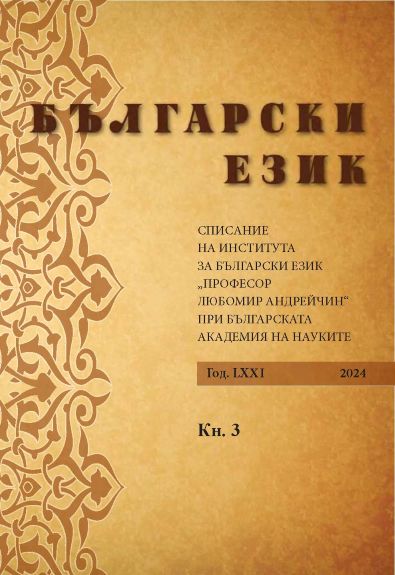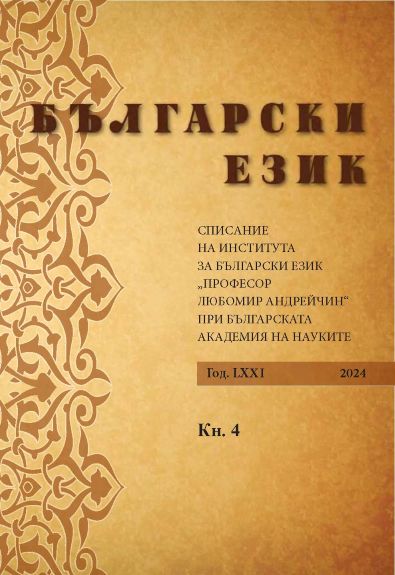Unaussprechbares zur Sprache bringen – Jaap Robbens ,,Birk'' (2014) und Lutz Seilers ,,Kruso'' (2014)
Jaap Robben’s ‘Birk’ (2014) and Lutz Seiler’s ‘Kruso’ (2014) are both island novels that thematize the traumatic loss of a beloved person. The protagonists witnessed the event, but are suffering from their loss whist being unable to articulate what happened. Although the contexts in the novels differ, – ‘Birk’ takes place at an undefined time and place; the scene in ‘Kruso’ is Hiddensee, in the GDR, a place where dropouts could experience a bit of freedom – they both portray the process of expressing a traumatic experience. This article describes how exactly they realize this through the use of language, images and narrative. At first the article discusses precisely which kind the trauma the protagonists are suffering and how they initially deal with it. Moreover it shows how the reader uncovers this step by step. Secondly, the article emphasizes the different ways of dealing with the situation, as well as the role and development of social relationships through it: in ‘Birk’ this emerges as an incestuous relationship between mother and son, and in ‘Kruso’ the protagonist cares for the memory of GDR-refugees.
More...




